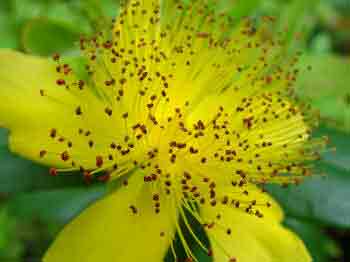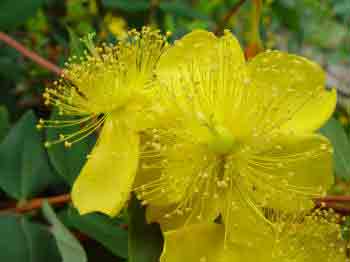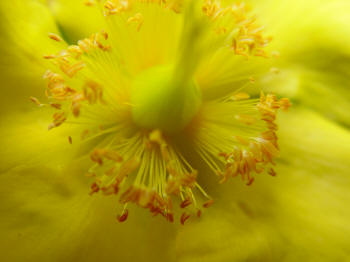Hypericums are a wide range of garden shrubs, but generally fall into two groups as far as pruning is concerned. St Johns Wort and Rose of Sharon types.
The shrubby varieties of Hypericum such as Hypericum 'Hidcote' should be pruned in spring - March or April depending upon area and weather conditions. The low growing Hypericum calycinum - better known as St John Wort - should be pruned hard in late winter or very early spring. (See below)
Pruning later in the season may rob you of flowers for that year - although pruning St Johns Wort even as late as end of May will still give you plenty of flower - but later in the summer.
This type of Hypericum flowers on the ends of new shoots, so the more new shoots you can get the plant to make, the more flowers you will get.





